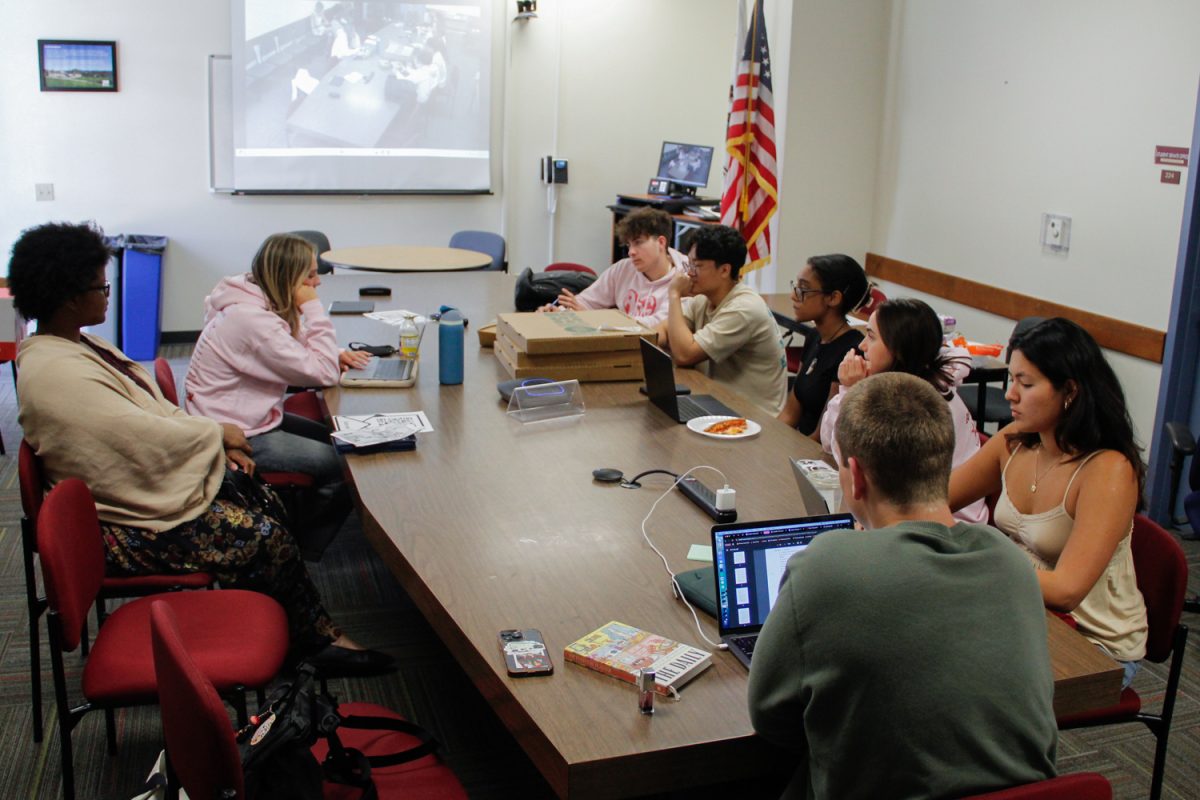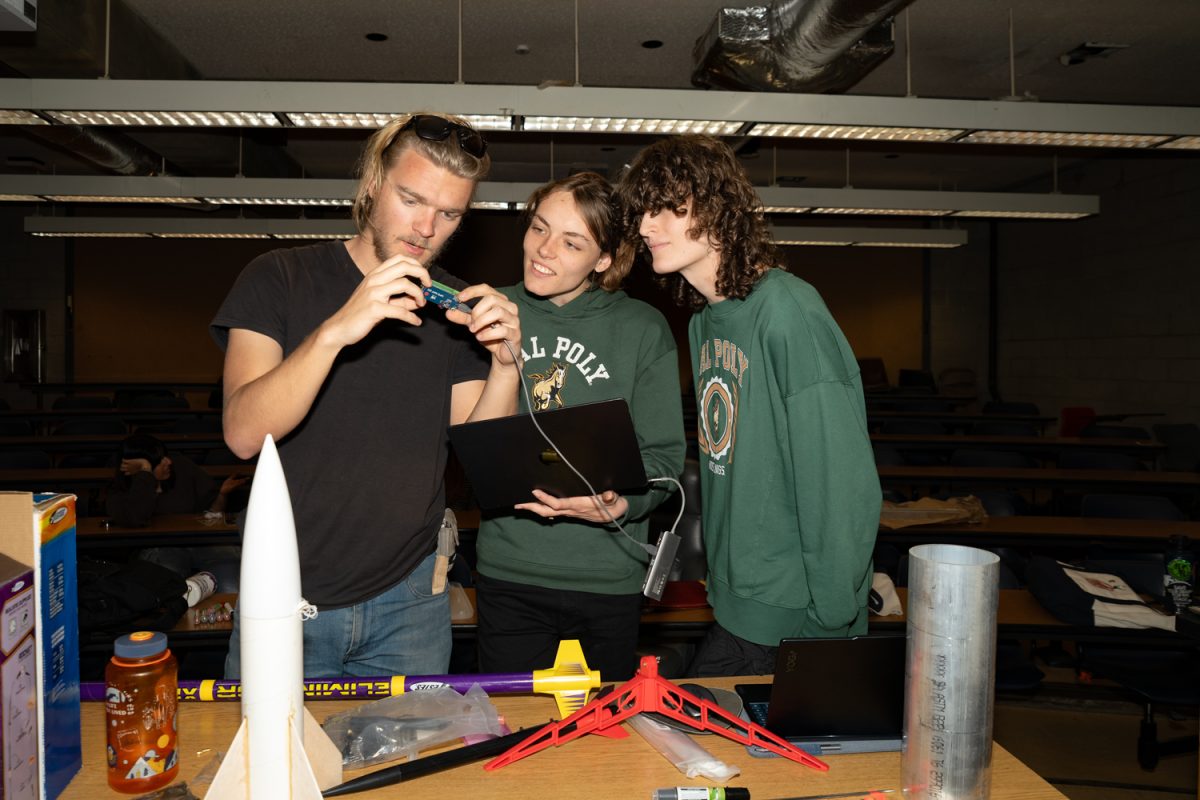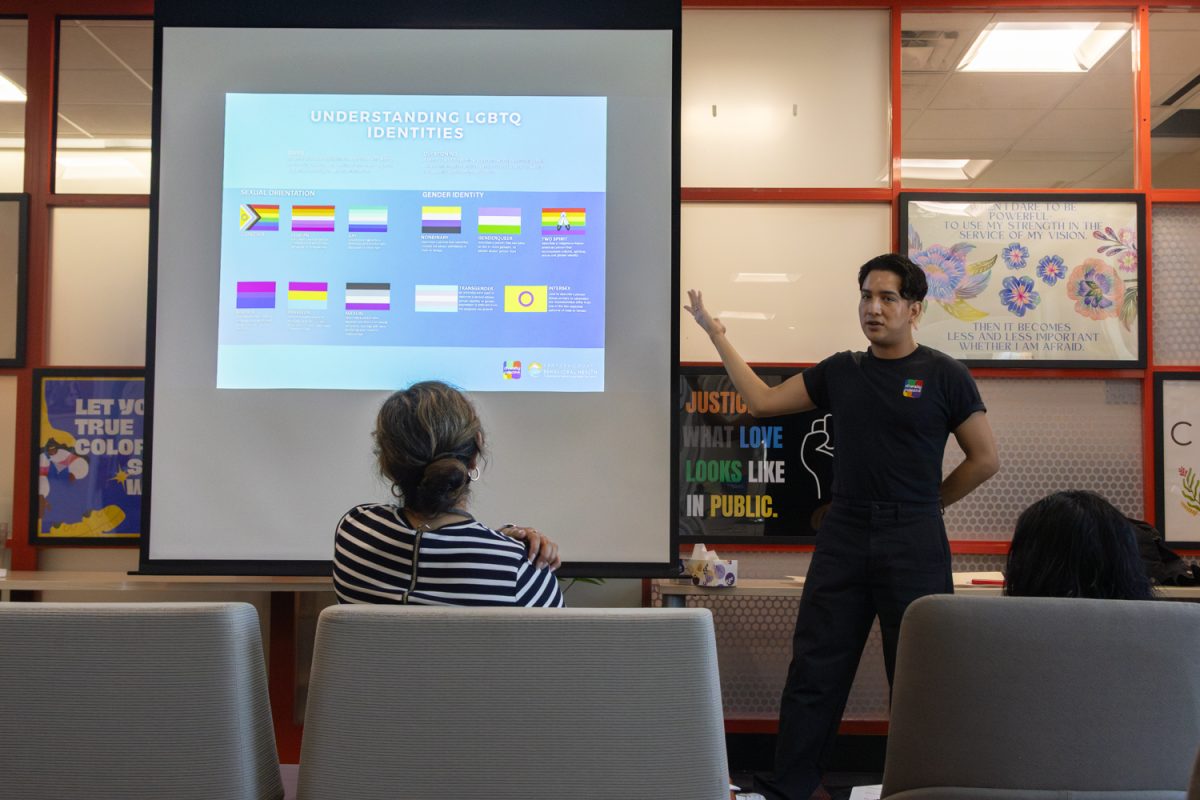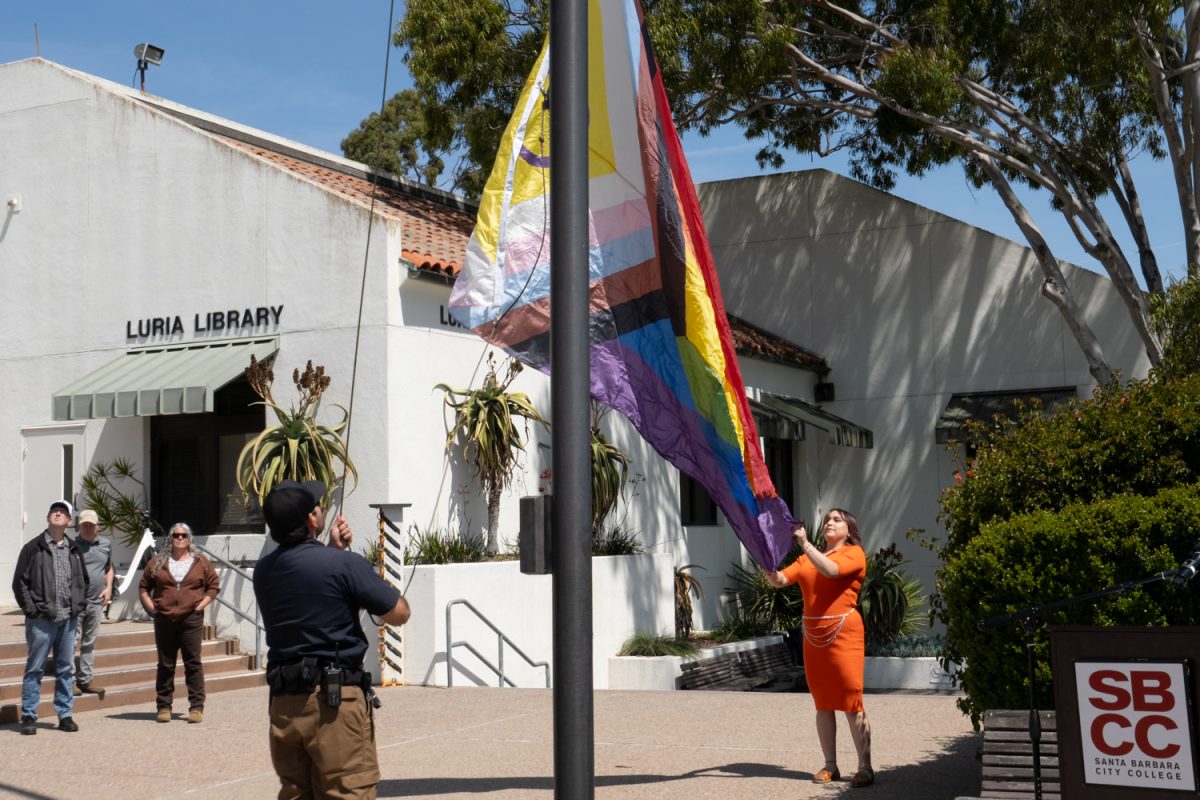Santa Barbara City College just finished a two-year process of evaluating the quality of its programs and services.
The Institutional Self-Evaluation Report is the 270-page document that holds this information. A steering committee of administrators, faculty and classified professionals drafted the report that outlines the college’s strengths, areas that need improvement along with plans to improve.
“Our goal is to make sure everybody has the tools that they need [and] the support that they need to be able to succeed,” said Pamela Ralston, executive vice president of Educational Programs and leader of the committee.
The college submits the report every seven years to the Accrediting Commission for Community and Junior Colleges to keep a status known as accreditation.
Accreditation is “an incredibly important process,” co-chair of the committee Patricia Stark said, which validates whether the college meets certain standards and federal regulations.
“We tell them how we’re doing well, here’s evidence to support that claim and here are some places we think we could do a little better,” Ralston said.
There are many consequences if the college loses its accreditation. If a student wants to transfer to a university or receive financial aid, it’s important that the college they come from is accredited.
Colleges are also not eligible to receive federal funding if it isn’t accredited.
Four Standards are used to measure institutional effectiveness and determine accreditation: student learning, support services, resources and leadership and governance.
“When looking at the whole student population, students are doing well,” Ralston said.
One example was a sizable increase in transfers to UC schools in the last three years due to City College guidance and promotion of UC opportunities.
But further data from other areas showed that some students were not doing as well as others.
Equity gaps were found among the most disproportionately impacted student populations.
Hispanic students complete both transfer-level math and English in their first year at a lower rate than other students. Black students and those with unknown ethnicities also persist at rates lower than average, according to the ISER.
In response to the gaps, the college will collaborate with equity programs on campus and utilize the Six Success Factors to improve outreach and offer support services in more culturally informed and directed ways.
To help students choose classes, a more simplified website is also being designed with step-by-step maps “to provide a more seamless experience,” the report states.
Soon the college will receive feedback from the accrediting commission. They will visit the campus in October, go through the evidence in the report and conduct multiple interviews to see the state of the college for themselves.
“A lot of people across the whole college spent time working on this,” Ralston said. “They did so much important work.”
There will be a mid-term assessment of the college’s progress in about three years.









![Ken Watts uses the cable chest press machine on April 9 in Santa Barbara, Calif. "[What] people value the most in personal training is accountability," Watts said.](https://www.thechannels.org/wp-content/uploads/2025/04/MGSWatts-3-1200x800.jpg)

![Malia Hubbard admires the ceramic pieces created by students in Art 150, "Fundamentals of Ceramics" on April 10 in Santa Barbara, Calif. "I think [the gallery] is absolutely fabulous," Hubbard said. "Being able to see students work [is] so amazing."](https://www.thechannels.org/wp-content/uploads/2025/04/MGSStudentShow-1-1200x800.jpg)


